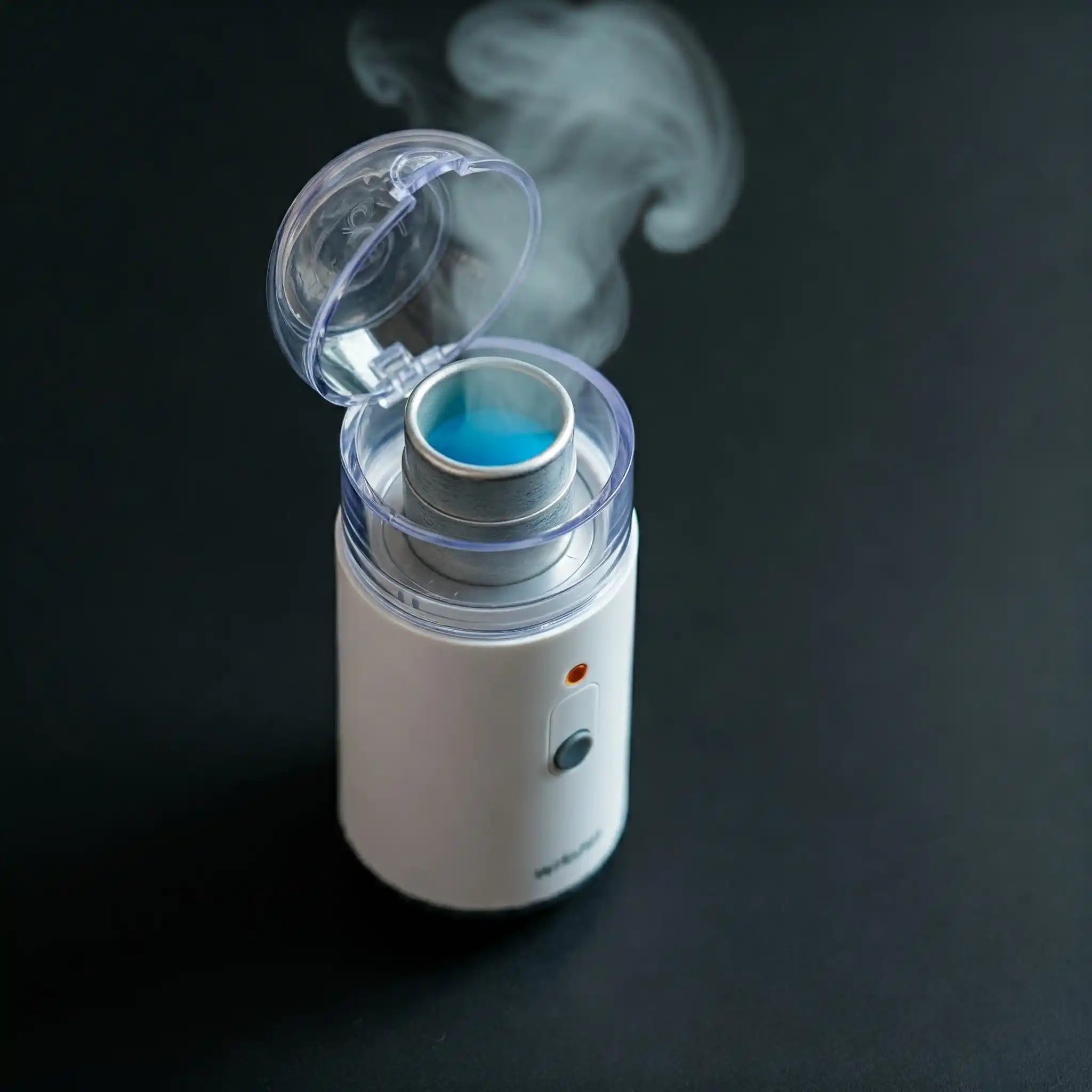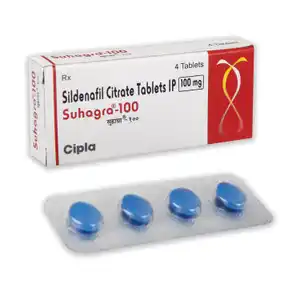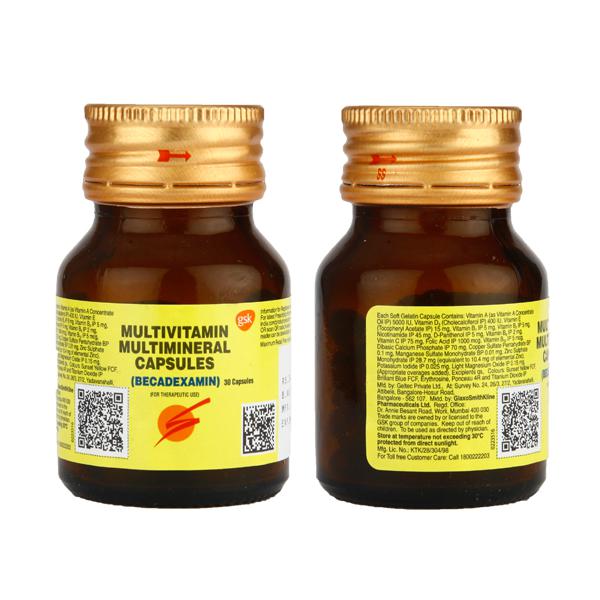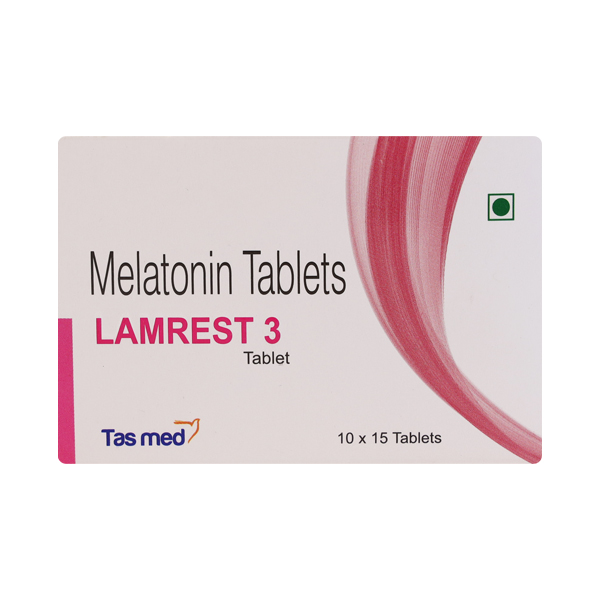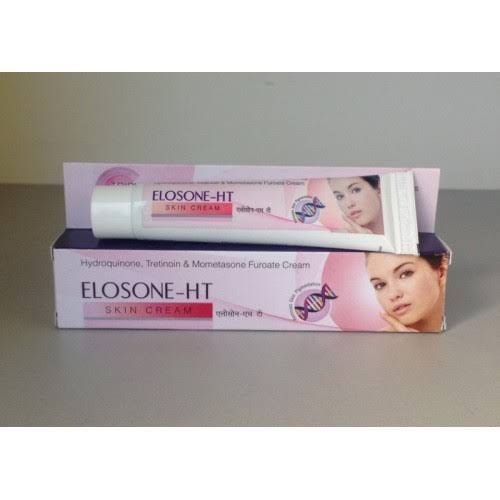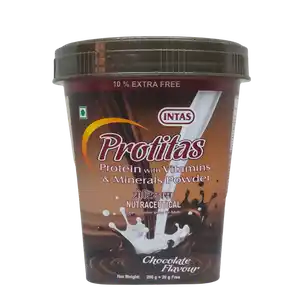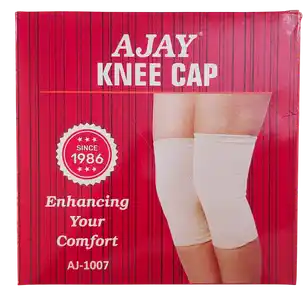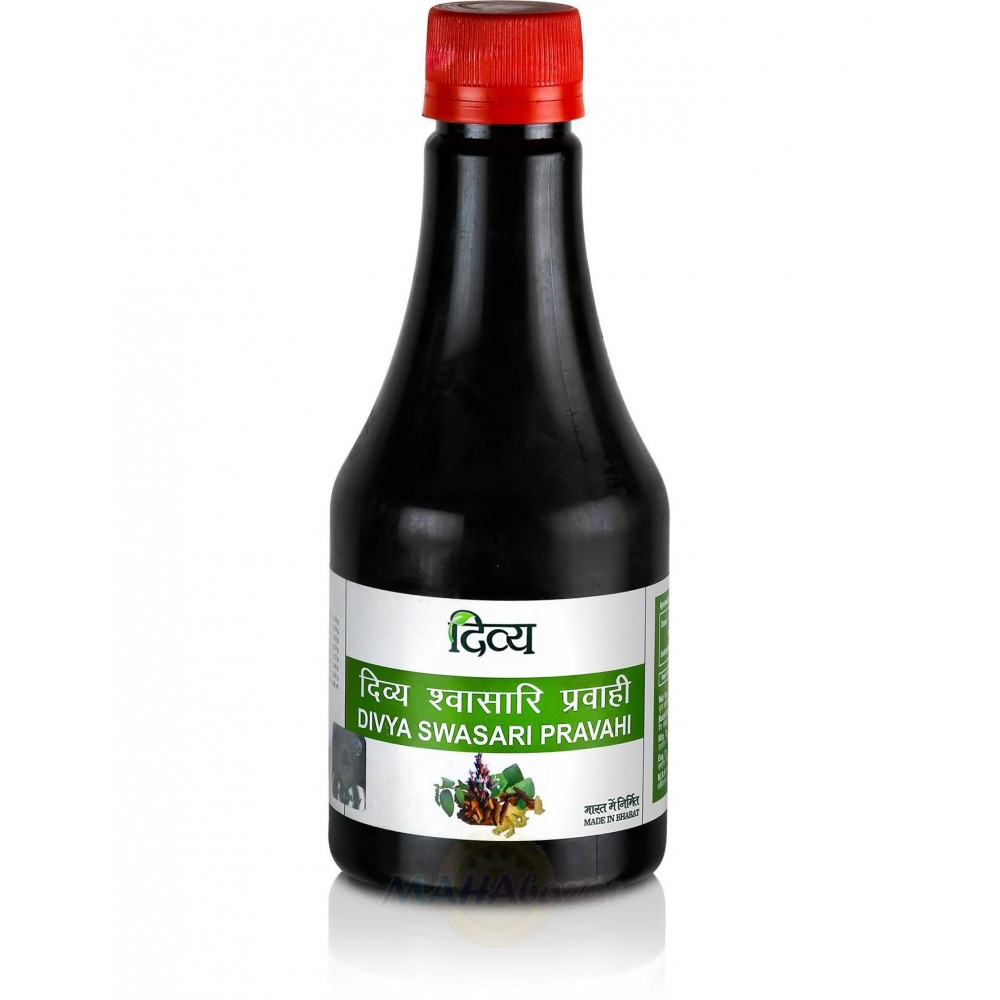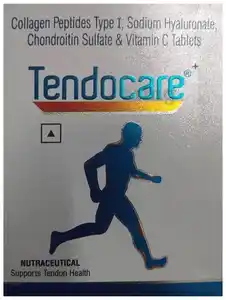In this blog
What Are Vaporizers and When to Use Them?
A vaporizer is a device that produces steam by heating water. This steam can be inhaled to relieve respiratory symptoms or used to add moisture to the air. Vaporizers have been a household staple for generations, providing relief from coughs, congestion, and dry air. In this post, we'll explore what vaporizers are, their benefits, how to use them effectively, and how they differ from humidifiers.
What is a Vaporizer?
A vaporizer, also known as a vaporizer machine or steam inhaler, is a small appliance that heats water to create steam. This steam can be inhaled directly or released into the room to increase humidity. Vaporizers are commonly used to relieve symptoms of respiratory ailments like colds, the flu, and bronchitis.
Benefits of Using a Vaporizer
Using a steam vaporizer can offer several benefits:
- Relieves congestion: Inhaling steam can help loosen mucus and make it easier to expel, relieving nasal and chest congestion.
- Soothes irritated airways: The warm, moist steam can soothe irritated nasal passages and throat, reducing discomfort from coughing and dryness.
- Eases breathing: By opening up airways and thinning mucus, vaporizers can make breathing easier, especially for those with respiratory conditions.
- Hydrates nasal passages: Dry air can worsen congestion and irritation. Vaporizers add moisture to the air, hydrating nasal passages and preventing dryness.
- May help reduce snoring: By opening up airways and reducing congestion, vaporizers can potentially help reduce snoring.
How to Use a Vaporizer
Using a vaporizer is simple:
- Fill the tank: Fill the vaporizer's tank with clean, distilled water. Avoid using tap water as it can contain minerals that may damage the device or leave deposits.
- Add essential oils (optional): Some vaporizers allow you to add essential oils like eucalyptus or menthol to the water. These oils can have decongestant and soothing properties.
- Turn it on: Plug in the vaporizer and turn it on. The water will heat up and start producing steam.
- Inhale the steam: Lean over the vaporizer and inhale the steam deeply. You can use a towel or a mask to create a more concentrated steam environment.
- Clean regularly: Regularly clean your vaporizer according to the manufacturer's instructions to prevent mineral buildup and bacterial growth.
Vaporizers vs. Humidifiers: What's the Difference?
While both vaporizers and humidifiers add moisture to the air, they do so in different ways:
- Vaporizers: Produce steam by heating water. This steam is then released into the air.
- Humidifiers: Produce a cool mist by breaking down water into tiny droplets. These droplets are then dispersed into the air.
Vaporizers are generally preferred for relieving respiratory symptoms as the warm steam can help loosen mucus and open up airways. Humidifiers are better for general humidification and preventing dryness.
When to Use a Vaporizer
Vaporizers can be particularly helpful in the following situations:
Colds and flu: To relieve congestion, cough, and sore throat. Vaporizers can help to break up mucus and soothe irritated nasal passages, making it easier to breathe.
Bronchitis and other respiratory infections: To ease breathing and loosen mucus. The warm steam can help to open up airways and thin the mucus, making it easier to cough up.
Sinusitis: To help drain sinuses and reduce inflammation. The steam can help to loosen mucus in the sinuses, allowing it to drain more easily.
Allergies: To soothe irritated nasal passages and reduce congestion. If your allergies are causing a stuffy nose, a vaporizer can help to moisturize the nasal passages and reduce inflammation.
Dry air: To add moisture to the air and prevent dryness. This can be especially helpful during the winter months when indoor heating can dry out the air.
Croup: In children, croup often causes a barking cough and difficulty breathing. The moist air from a vaporizer can help to soothe the airways and reduce inflammation.
Conclusion
Vaporizers are simple steam machines that offer an effective way to relieve respiratory symptoms and add moisture to the air. By understanding how they work and when to use them, you can maximize their benefits and breathe easier.
Remember to always follow the manufacturer's instructions and consult a doctor if your symptoms are severe or persistent.
FAQs
Are vaporizers safe for babies and young children?
While vaporizers can be helpful for relieving respiratory symptoms in children, it's important to take precautions. Always keep the vaporizer out of reach of children and never leave it unattended. Cool-mist humidifiers are generally recommended for young children as they eliminate the risk of burns from hot water or steam.
Can I use tap water in my vaporizer?
It's generally recommended to use distilled water in your vaporizer. Tap water can contain minerals that may build up in the device and shorten its lifespan.
How often should I clean my vaporizer?
You should clean your vaporizer regularly according to the manufacturer's instructions. This will help to prevent mineral buildup and bacterial growth.
Can I add essential oils to my vaporizer?
Some vaporizers allow you to add essential oils to the water. However, it's important to use caution, especially with children and pets. Certain essential oils can be irritating or even toxic. Always research the safety of an oil before adding it to your vaporizer.
Can I use a vaporizer if I have asthma?
While a vaporizer can help to relieve some respiratory symptoms, it's important to talk to your doctor if you have asthma. In some cases, the steam from a vaporizer can trigger an asthma attack.
What is the typical vaporizer price in India?
Vaporizers in India typically cost between ₹200 and ₹1500, depending on the type and features. You can find them online, in pharmacies, and some electronics stores.
Looking for an affordable vaporizer but don't know where to buy from? Check out our Dawaa Dost website where we make quality and affordable healthcare products and medicines accessible to all!
Sources:
https://www.medicalnewstoday.com/articles/327156
https://www.healthline.com/health/humidifier-vs-vaporizer
Disclaimer: This article is intended for informational purposes only and should not be considered a substitute for professional medical advice. Always consult a qualified healthcare provider for diagnosis and treatment of any health condition.

